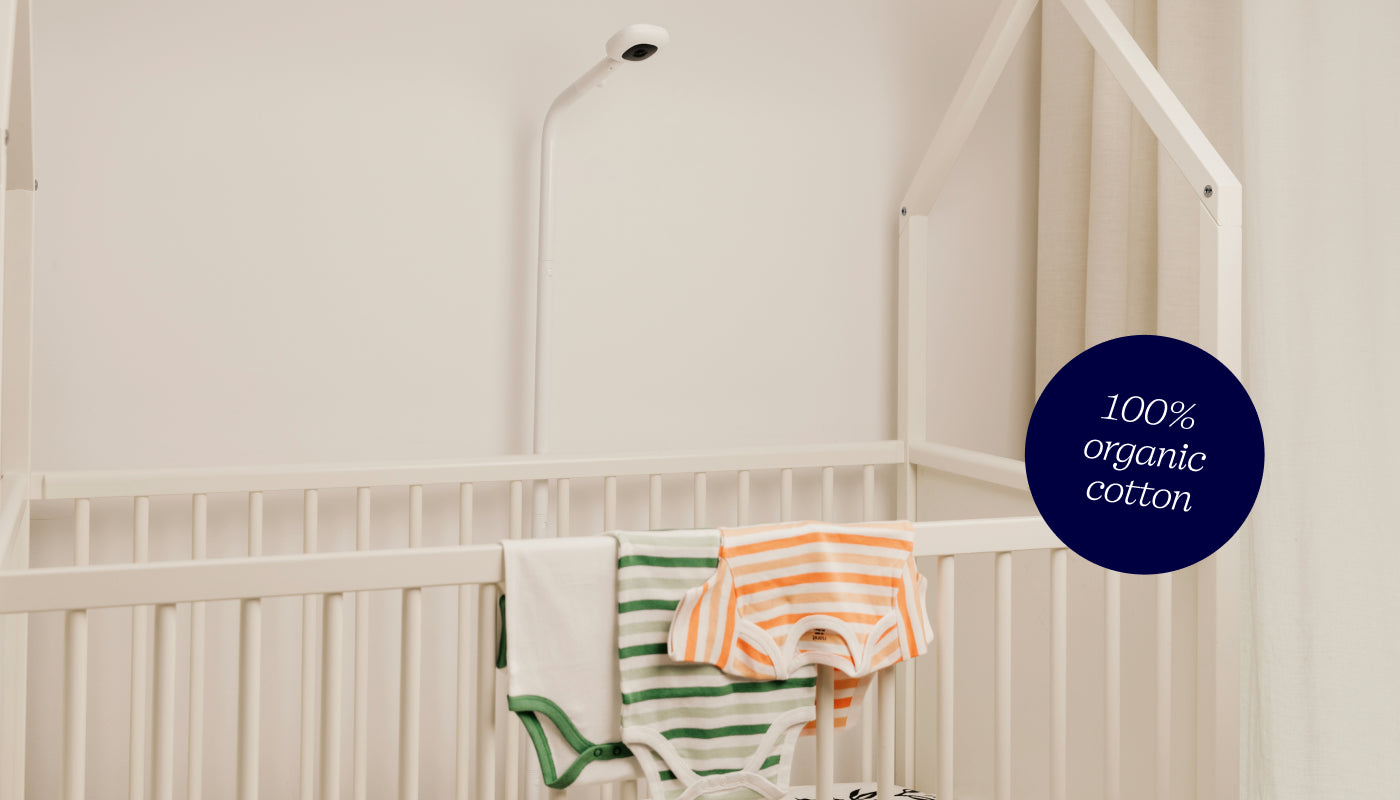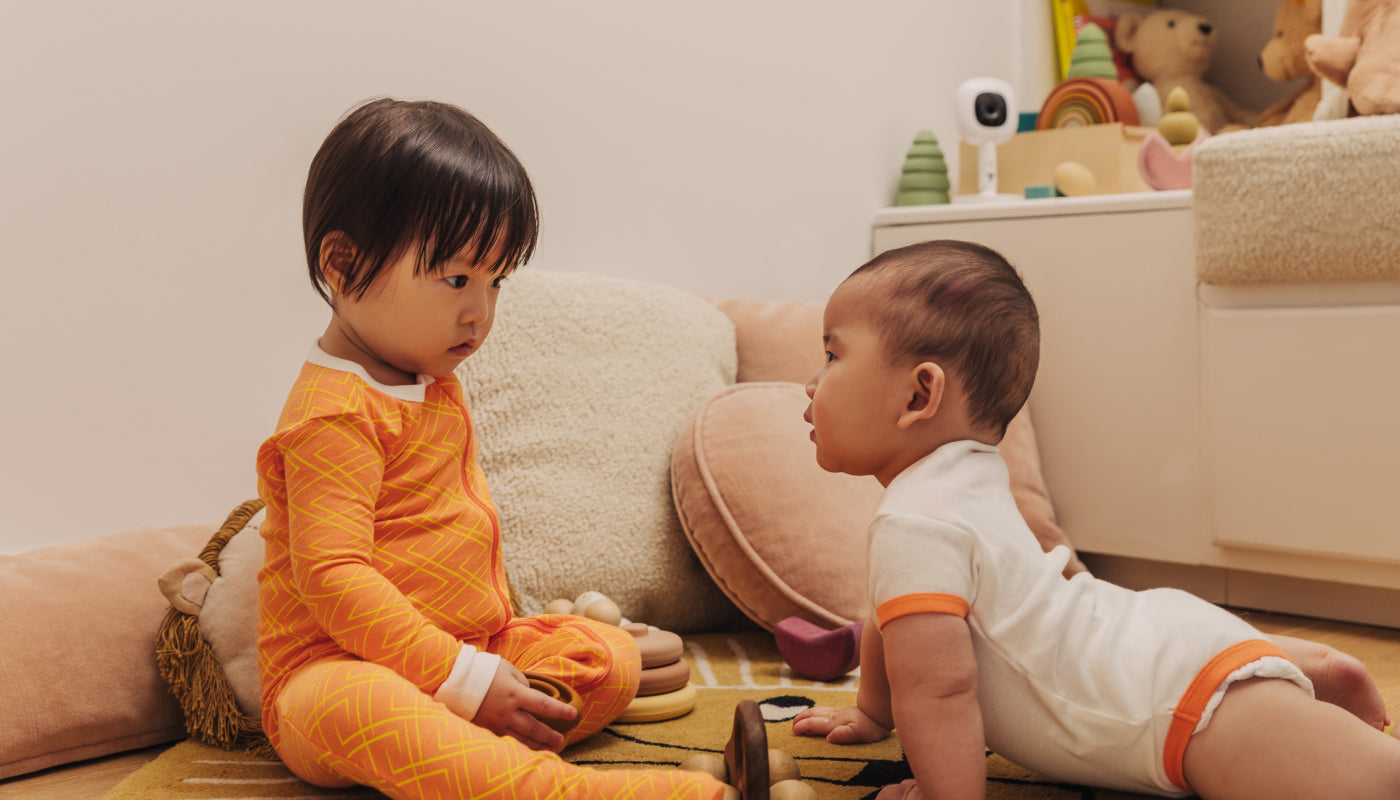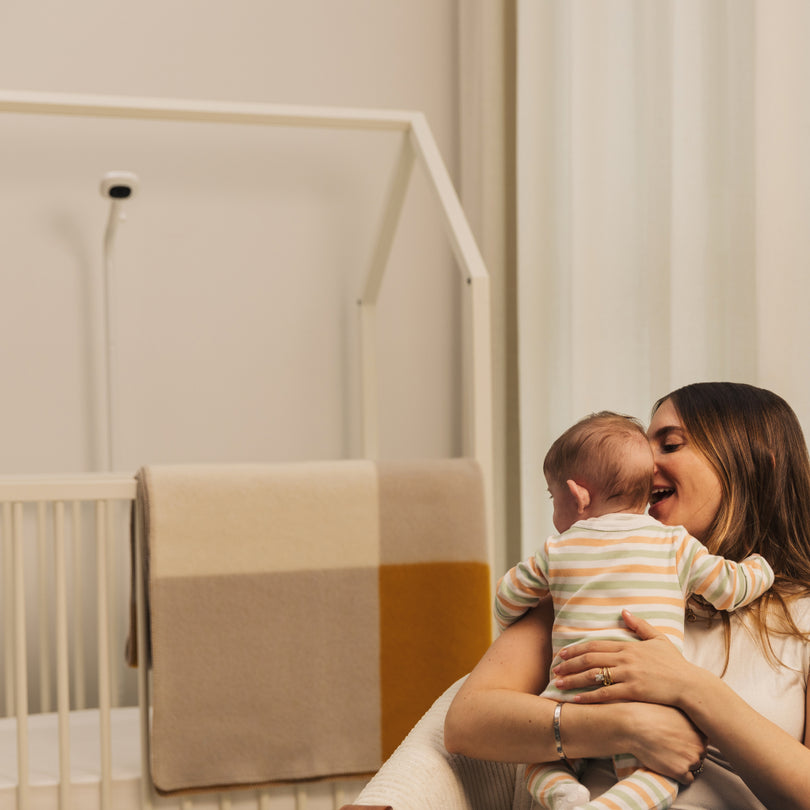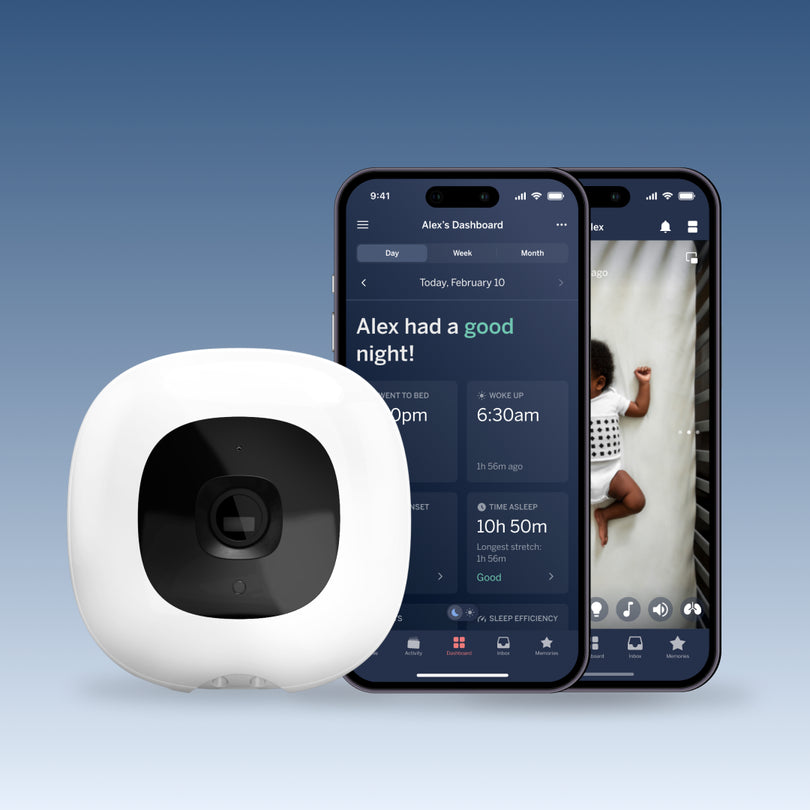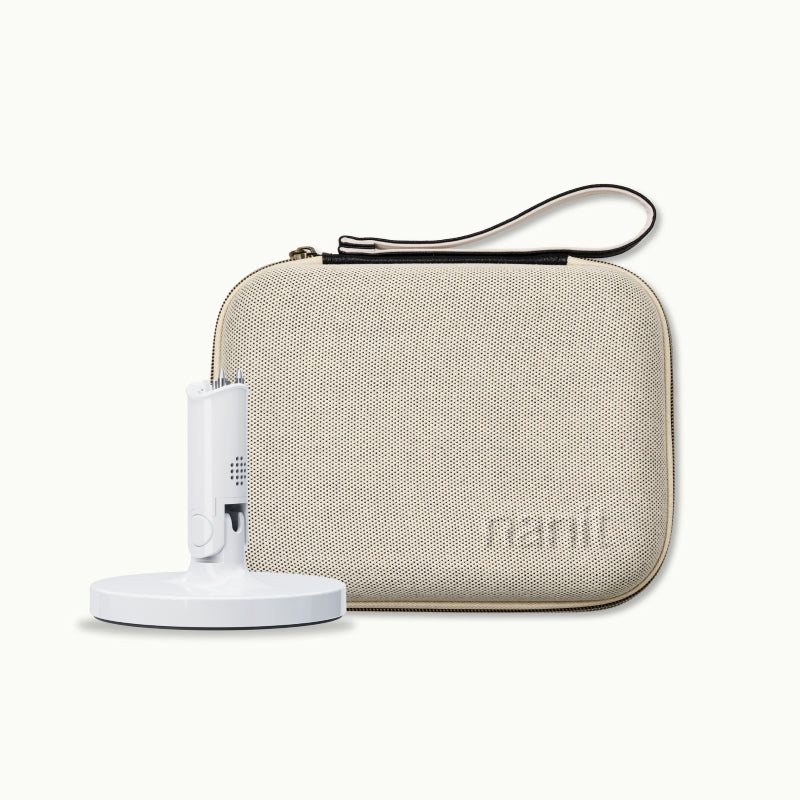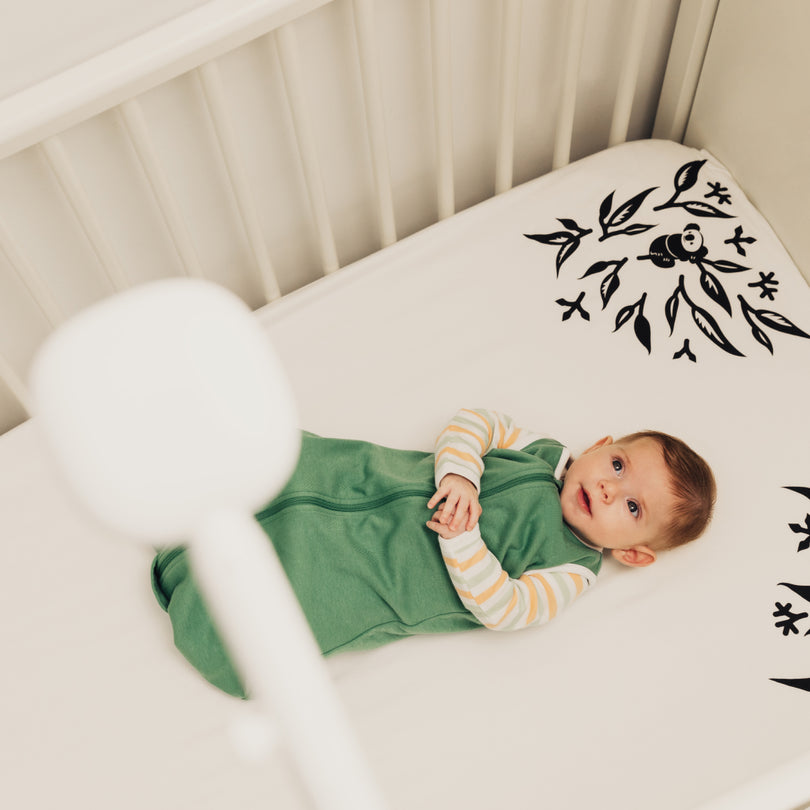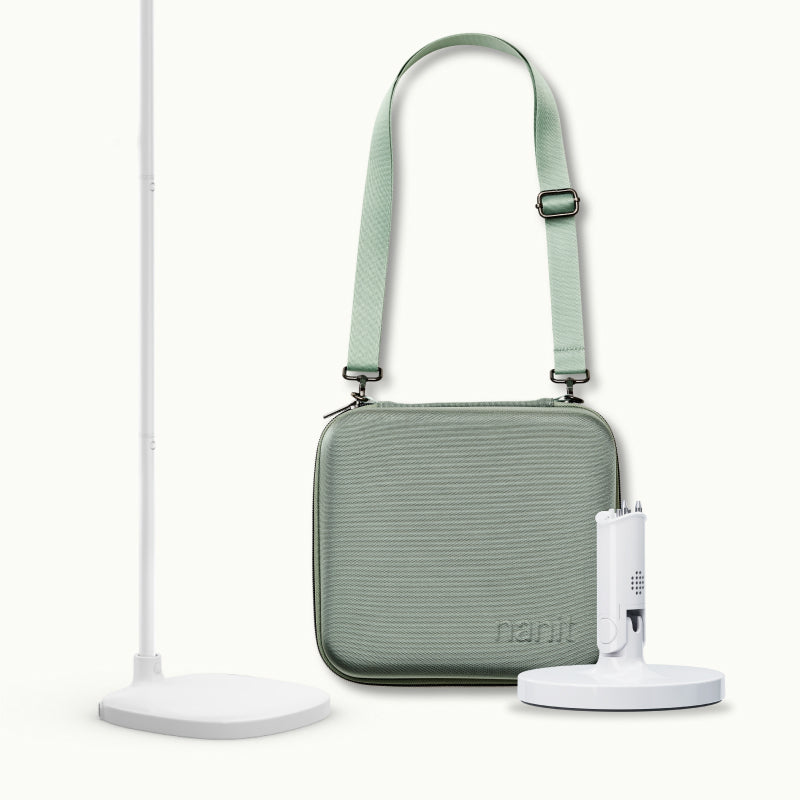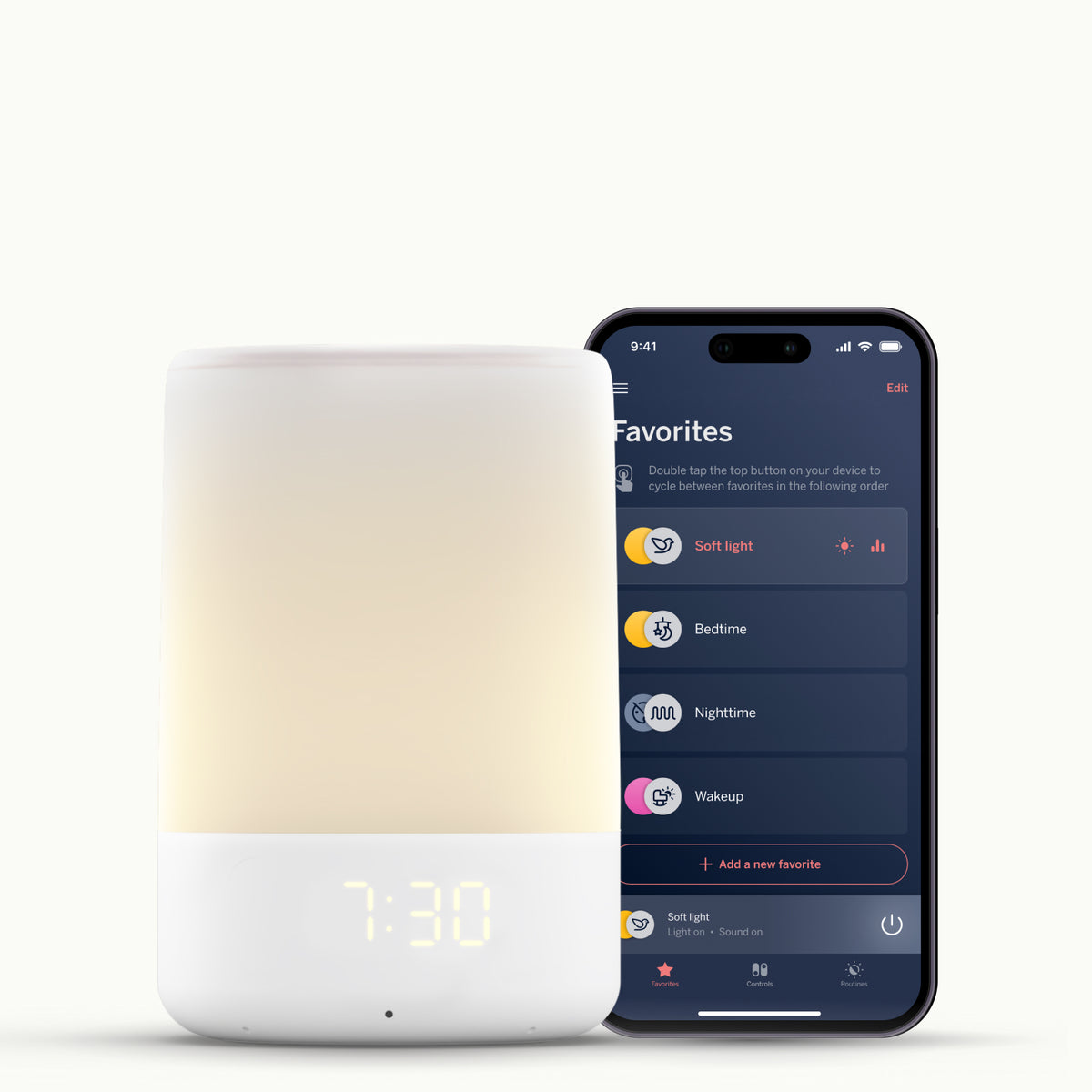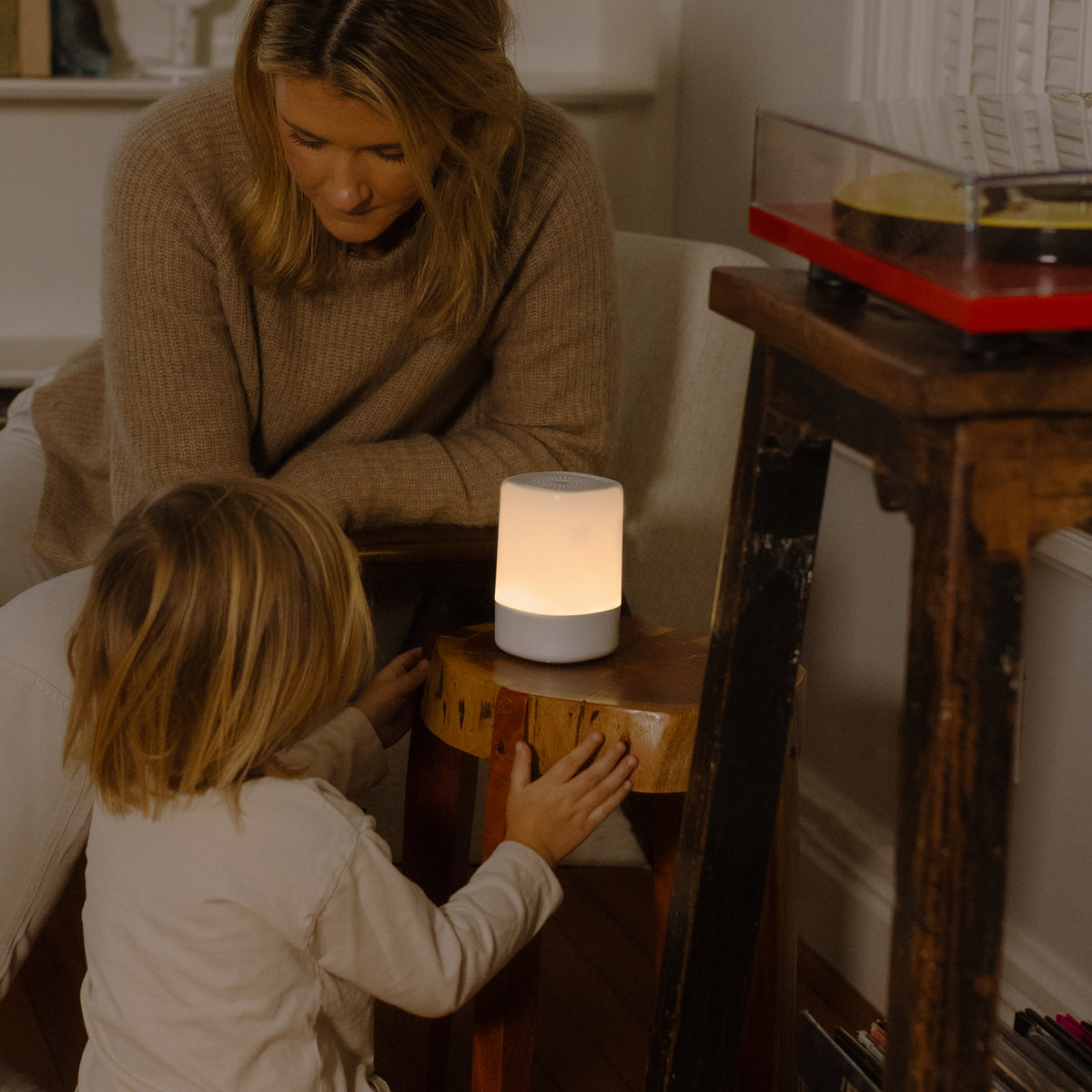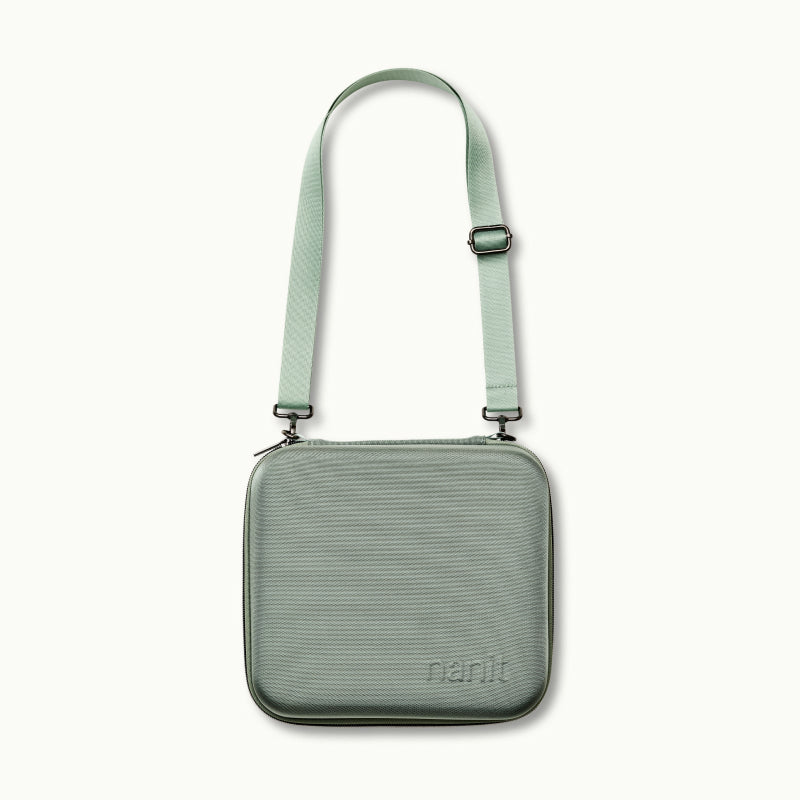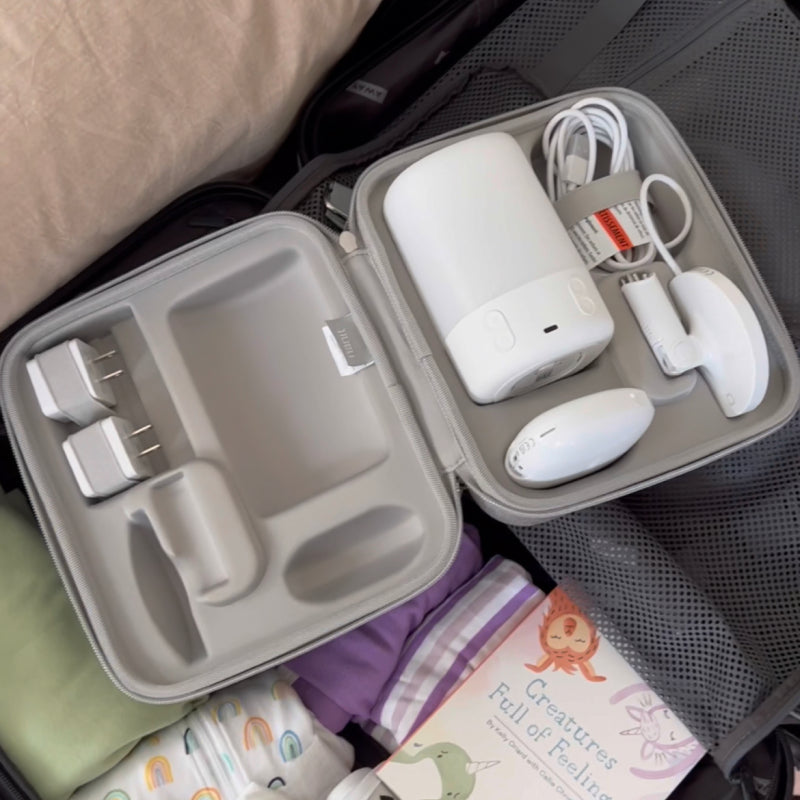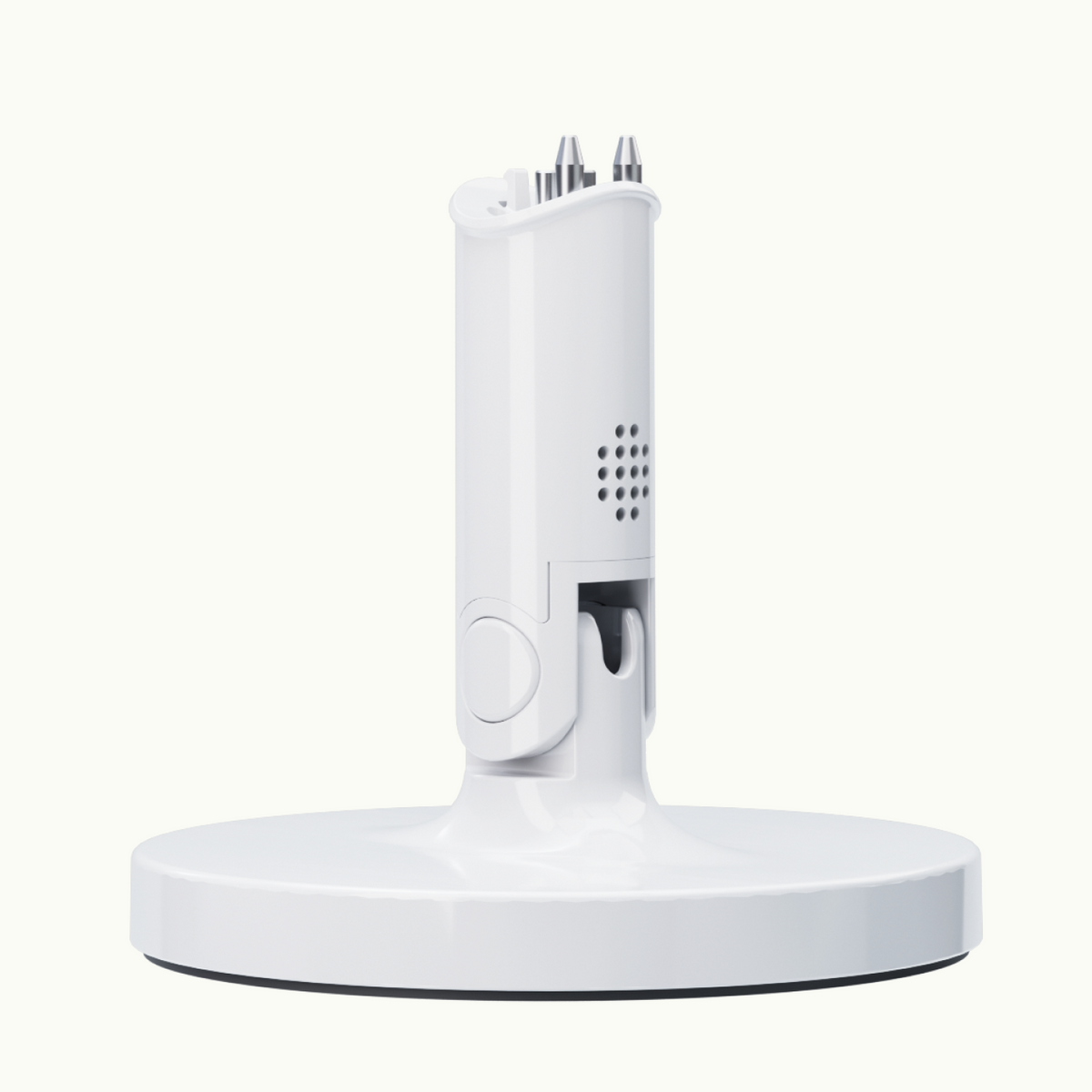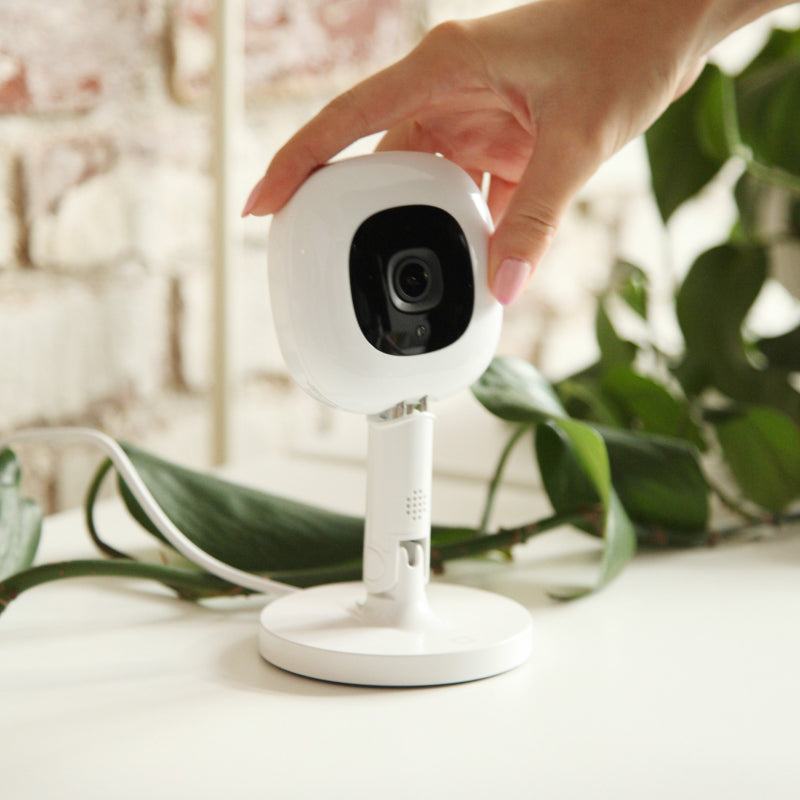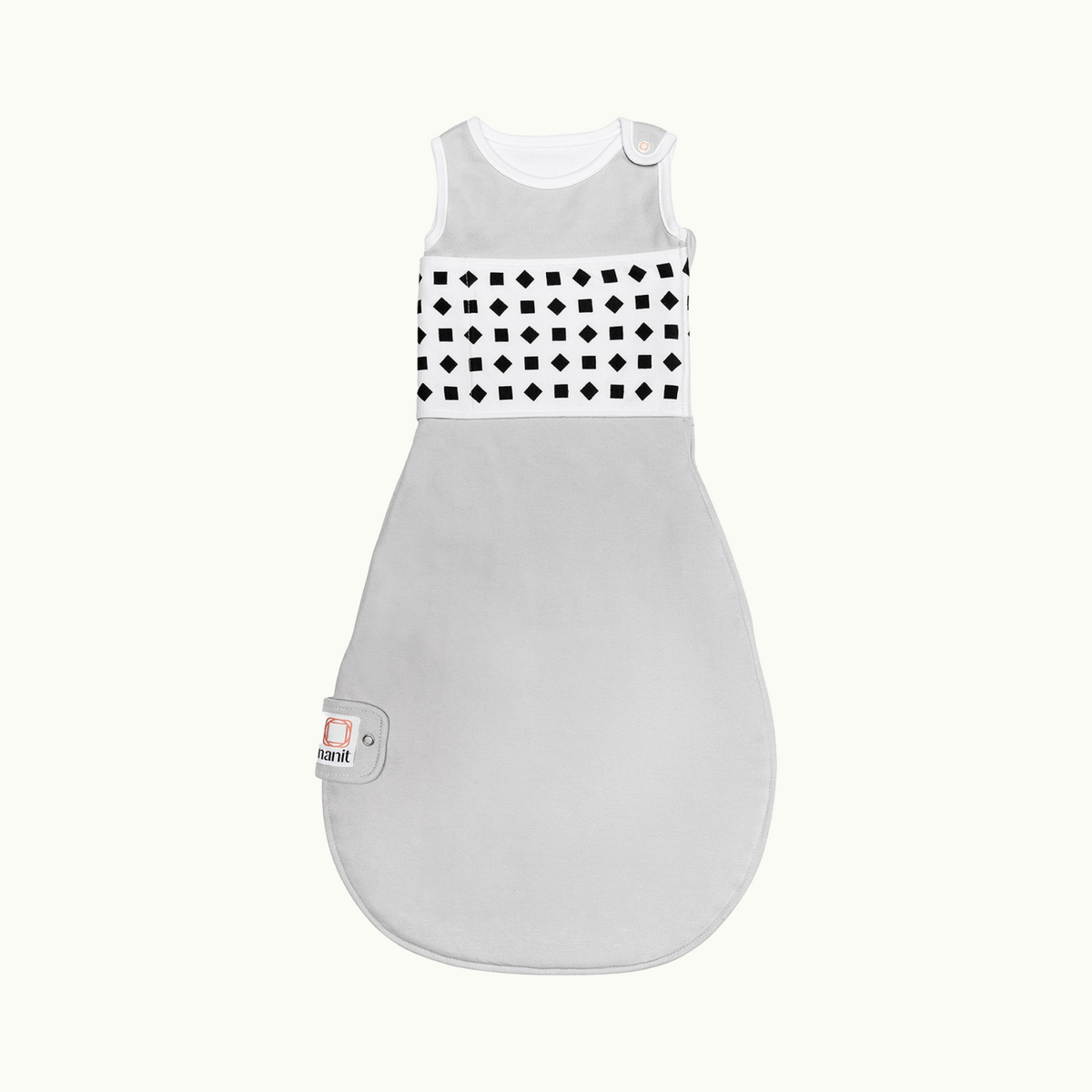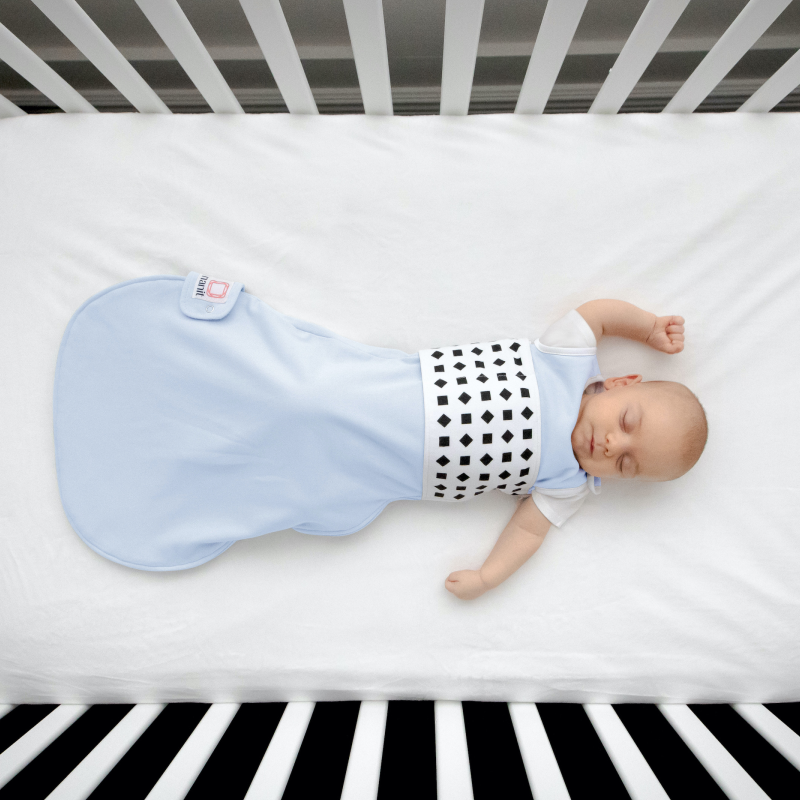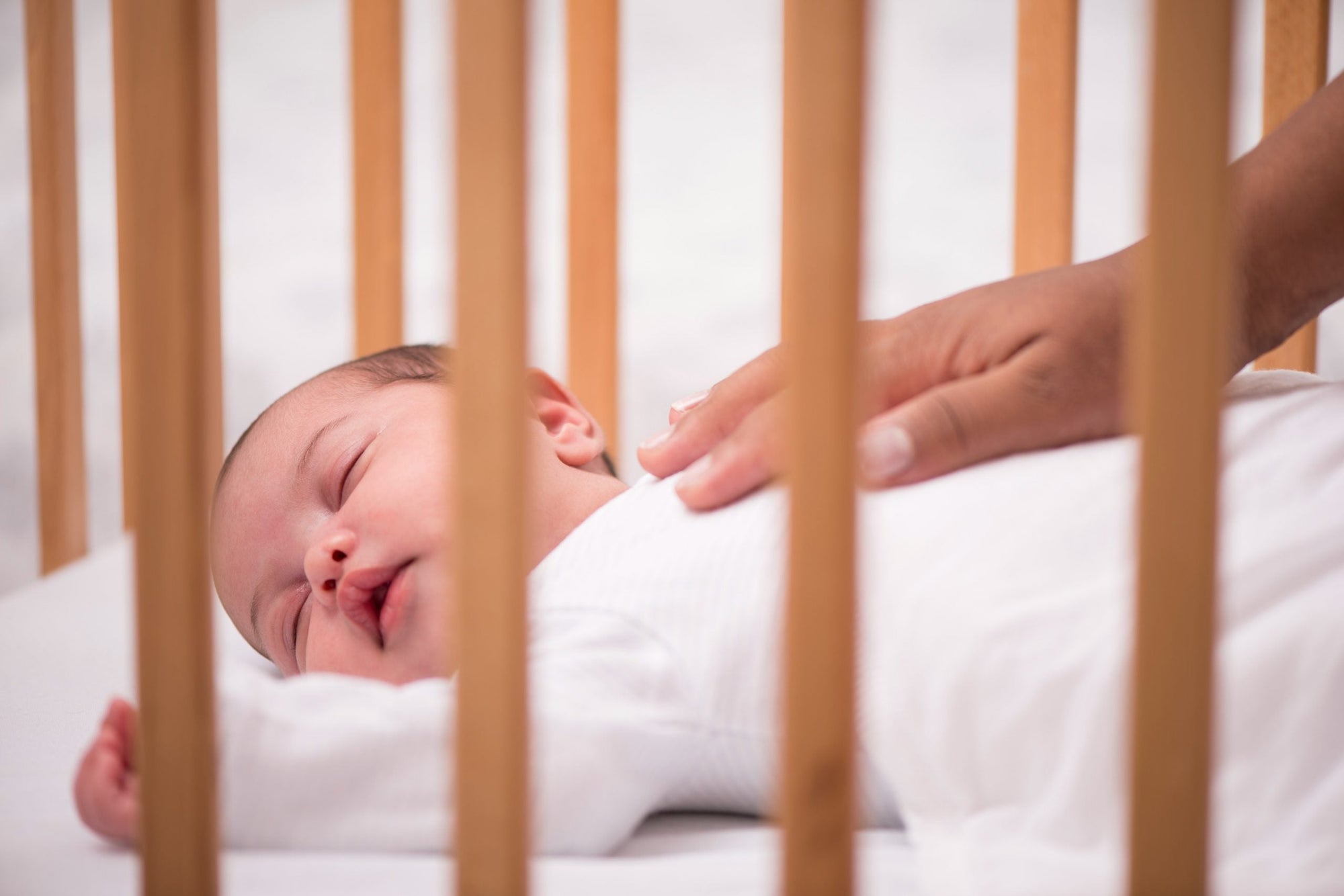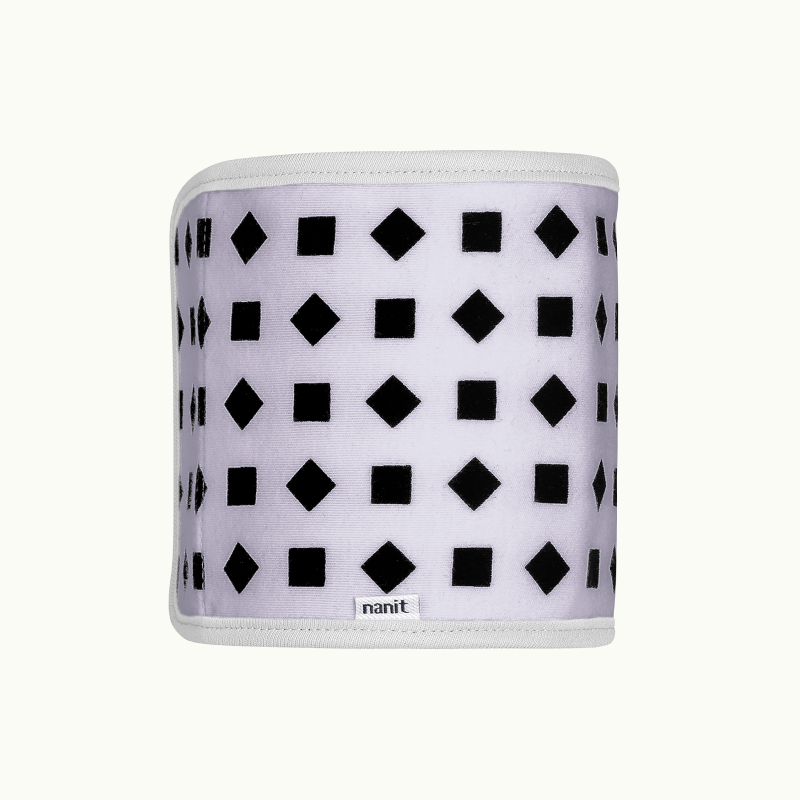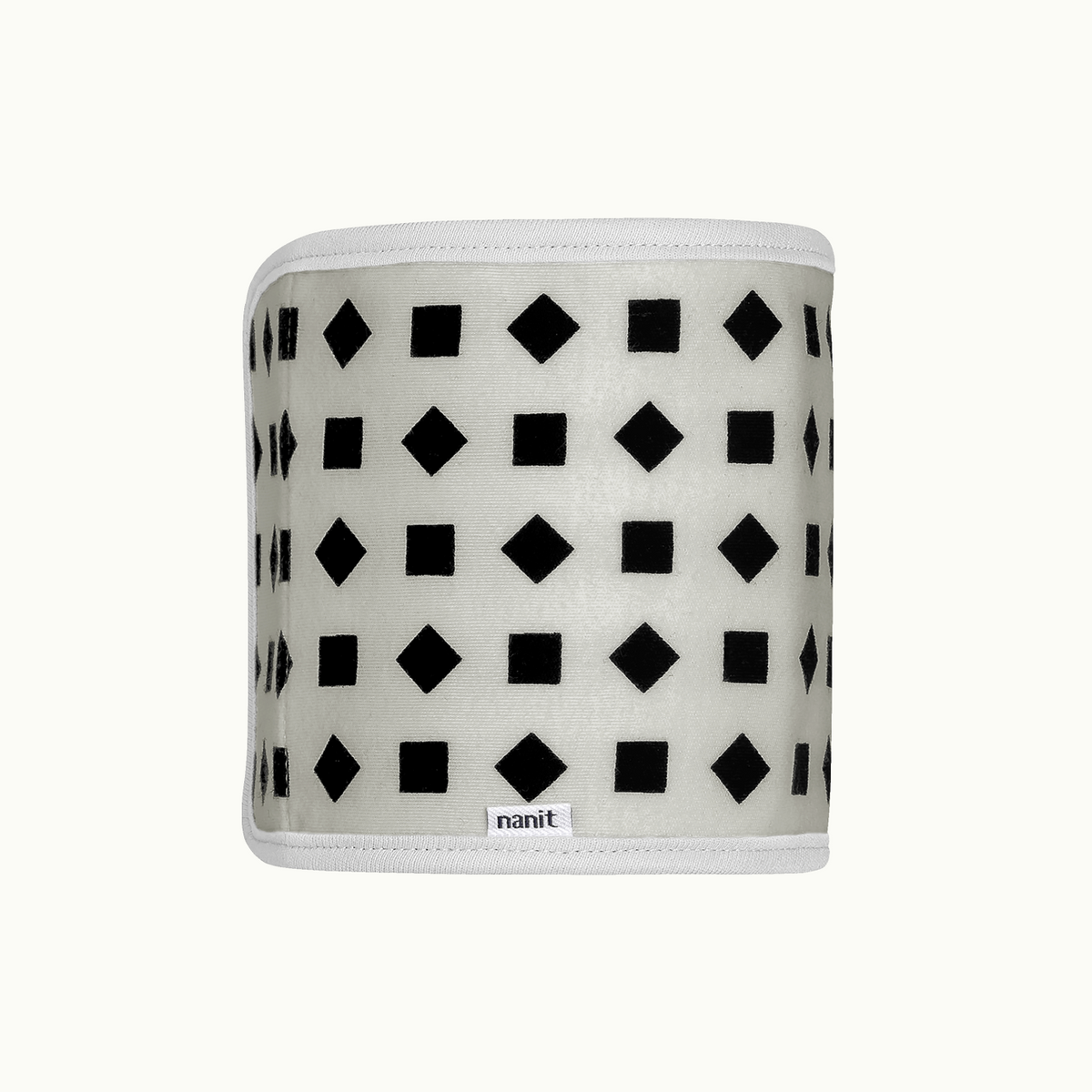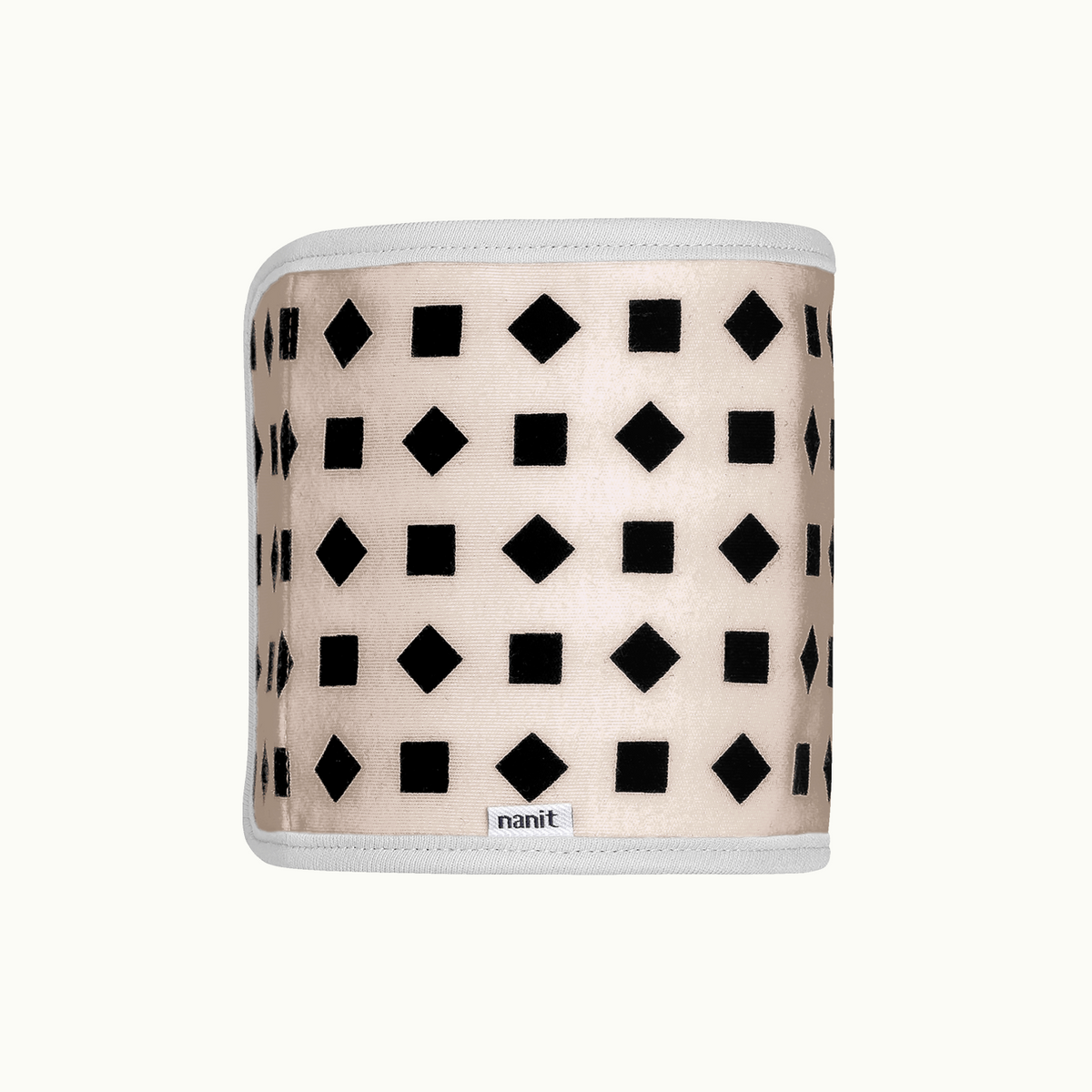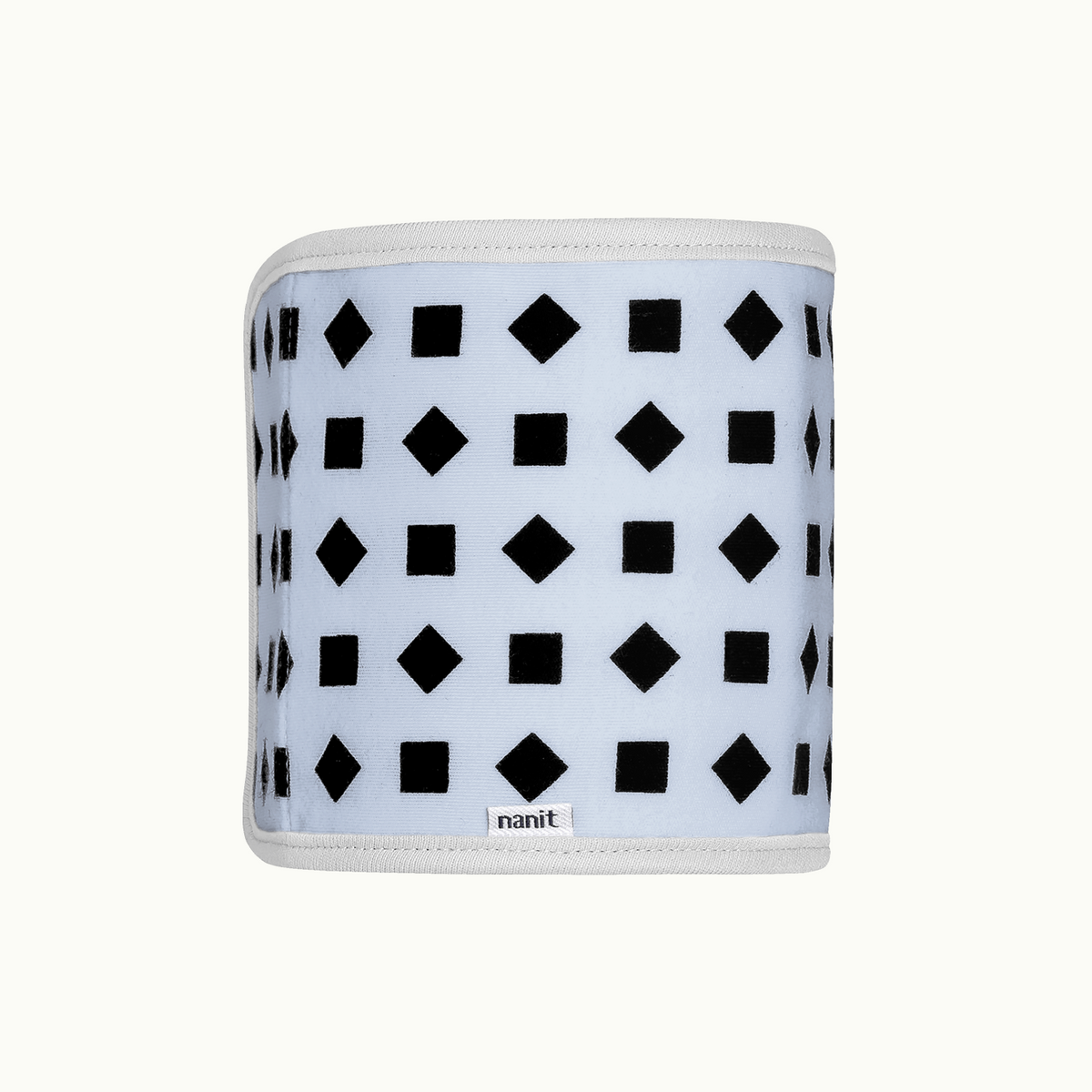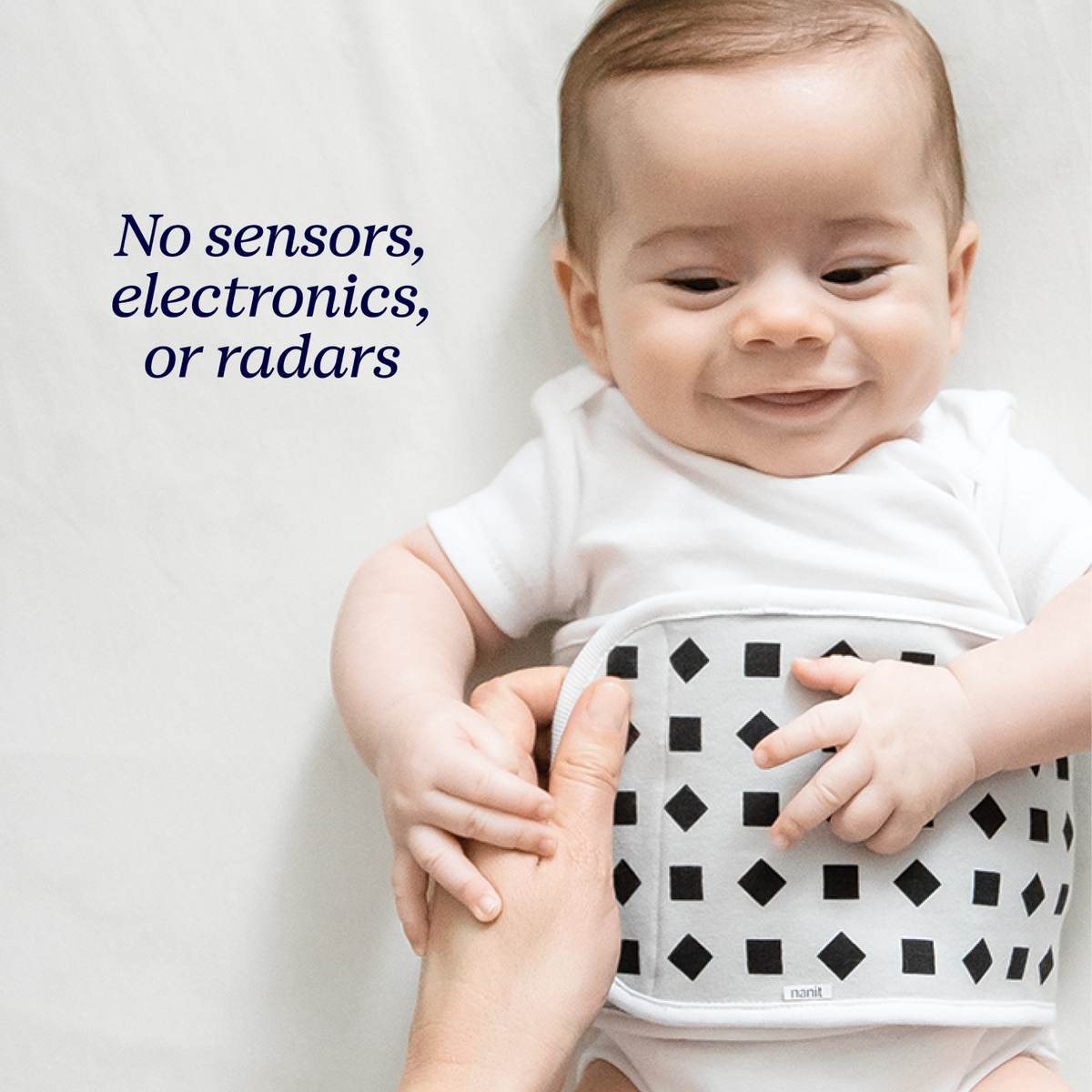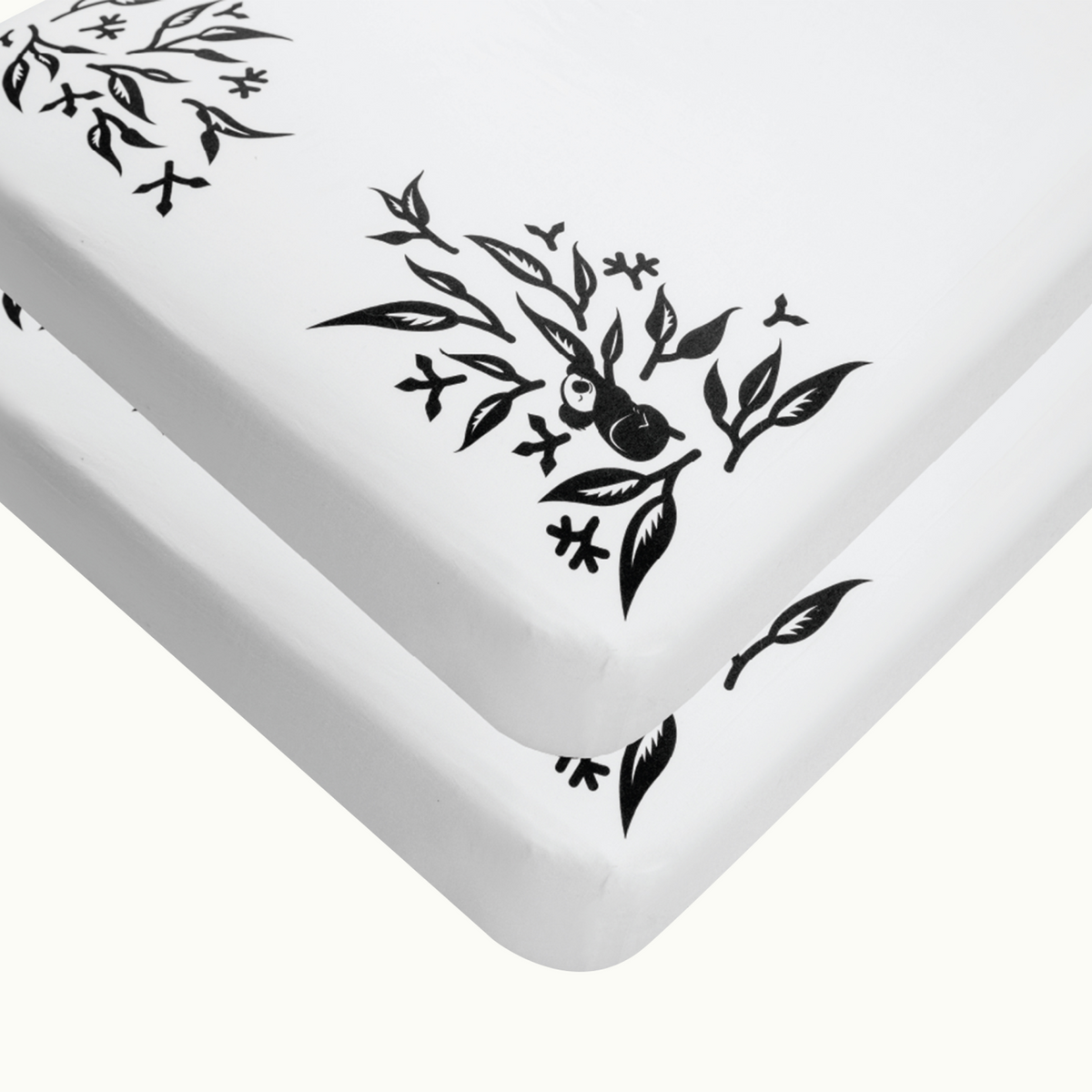When you have a baby, everyone talks about sleeping through the night as the holy grail of sleep. But as any parent holding a fussy, overtired infant in her arms quickly learns: daytime sleep is essential, too. How do you get a baby to nap? Plus, improving the quality of your baby’s naps will actually translate to better sleep at night. So, whether you have a squirmy newborn or rambunctious toddler, here’s everything you need to know for setting your little one up for nap-time success.
0-4 months
What you should know: Your newborn is growing and developing at such a rapid rate that she requires sleep pretty much around the clock. Between feedings, diaper changes, short periods of wakefulness, more diaper changes, and naps newborns rarely follow a predictable schedule—and that’s okay! The key to having a well-rested infant is offering naps 60 minutes after each time she wakes. Many parents assume that keeping their baby awake for long stretches during the day will translate to longer sleep at night, but this is simply not true. Sleep begets sleep. The better your baby naps during the day, the more smoothly your nights will go. The length of your baby’s naps will vary from 20 to 30 minutes to an hour or more, but I recommend capping naps at no more than 2 hours long. Yes—I’m telling you to wake your sweet, snuggly, sleeping baby. The reason? You want your baby’s longest stretches of sleep to happen at night, but if it occurs during the day then it can cause more frequent waking at night. Limiting naps to 2 hours long also offers more time during the day for tummy time as well as getting outside and exposing your baby to natural light, which is key for helping your baby learn to distinguish day from night. Finally, limiting naps to 2 hours will slowly help you fit in more feedings during the day so your baby can eventually lengthen the time between feedings at night.
4-9 months
Nap start time:
- Nap 1: 8:30/9:00 a.m.
- Nap 2: 12:30/1:00 p.m.
- Nap 3: 3:00/3:30 p.m.
What you should know: By 4 months old, your baby’s circadian rhythms are developing and your baby’s sleep habits are becoming more predictable. Four to 9-month-old babies should be on a 3-nap-a-day schedule at the times listed above. These times occur during your baby’s sleep windows, which are times when your baby is starting to become sleepy and will have an easier transition into sleep. If your baby is taking short naps (less than an hour long), you can begin nap training starting at 4 months from your baby’s estimated due date. The goal with nap training is to help your baby learn how to link sleep cycles so that when she wakes after a short period of time she can return to sleep on her own and ultimately take naps lasting an hour or more. To do this, you’ll apply the 60-minute rule. The 60-minute rule means that you’ll keep your baby in her crib for naps for at least 60 minutes from the time that she’s placed down, even if she’s not asleep. If your baby falls asleep for her nap but wakes after a short nap, apply a sleep training method of choice until she falls asleep or until it’s been 60 minutes from the time that she was first placed down for the nap—whichever happens first. (If she doesn’t fall asleep after the 60 minutes has passed then go ahead and end nap time.) It’s important to note that you only need to apply the 60-minute rule to Nap 1 and Nap 2. When your baby is on a 3-nap schedule, the third nap is typically a shorter 25- to 45-minute nap that helps bridge the gap to bedtime. Between 7 and 9 months old, babies transition from three naps to two. You’ll know it’s time to move to two naps when your baby regularly starts boycotting the third nap. Just be sure to compensate for the decrease in daytime sleep with an earlier bedtime—as early as 5:30 or 6:00 p.m.—while your baby transitions to her new 2-nap-per-day schedule
9-14 months
Nap start time:
- Nap 1: 8:30/9:00 a.m.
- Nap 2: 12:30/1:00 p.m.
What you should know: If you’re struggling with short naps, be sure to apply the 60-minute rule (see the previous section) for Nap 1 and Nap 2 and check that you’re offering naps at the times listed above. Even if your baby seems sleepy, putting your baby down for a nap prior to the nap start times above can result in short naps. Similarly, keeping your baby awake beyond those start times can backfire—your baby is likely to become overtired, which makes it harder for her to fall asleep. So, even if your baby’s first nap is long, say from 9:00 a.m. to 10:45 a.m., you should still start the second nap no later than 1:00 p.m. Around 12 to 14 months, many babies may skip their second nap and parents often assume that it’s time to transition to one nap. Hold steady with offering 2 naps per day and this phase will likely pass (they’re usually working on a developmental milestone, such as walking, that temporarily interferes with their sleep). Most babies still require 2 naps per day well past 1 year of age.
14-19 months old
Nap start time:
- Nap 1: 12:00/1:00 p.m.
What you should know: Toddlers (yep, you have a toddler now!) transition to 1 nap between 14 and 19 months old. You’ll know that the transition from 2 naps to 1 is upon you if 1 or both naps have become shorter than usual, or if your child starts regularly skipping either of her naps. Changes in nighttime sleep such as suddenly waking during the night (when she previously wasn’t), or rising earlier in the morning may also be signs that it’s time to transition to 1 nap because her daytime sleep is impinging on her sleep at night. When your toddler is on a 1-nap schedule the 60-minute rule becomes the 90-minute rule. This means that you’ll keep your child in her crib for at least 90 minutes from the time that she’s placed down. Just like the 60-minute rule, if your child isn’t falling asleep or wakes after a short nap, then apply your sleep training method of choice until she falls asleep or until it’s been 90 minutes from the time that she was first placed down for the nap—whichever happens first.
19 months and older
- Nap 1: 1:00 p.m.
What you should know: Try keeping your toddler on a 1-nap schedule for as long as possible. Many kids will continue napping until 4 years of age. If your child is over the age of 3 and is starting to resist bedtime or takes a long time to fall asleep, is waking during the night, or rising early in the morning, then you may want to consider shortening her nap. For example, if your toddler currently takes a 2-hour nap, offer a 1 hour and 45 minute nap for 3 days. Then, shorten the nap to 90 minutes. Hold steady there. If a shorter nap helps with the sleep situation, then continue capping the nap at 90 minutes. If after a few weeks of the shorter nap you’re still experiencing nighttime sleep struggles and your child is over 3 years old, then it may be time to consider dropping the nap. However, be sure to offset the decrease in daytime sleep with a much earlier bedtime—as early as 6:00 p.m.—to make sure your child is still getting sufficient sleep.
The Nap Pass While following a nap schedule is crucial for solving short naps and improving your baby’s day and nighttime sleep, I’m fully aware that life is busy and you may also be juggling your other children’s needs and schedules. That’s when the Nap Pass comes into play. The Nap Pass means that up to 3 times per week, your baby can take a nap on the go. (This applies to babies over 4 months of age—most newborns sleep so much and so deeply that many of their naps inevitably happen on the go.)
Keep in mind that the Nap Pass only becomes an option once your baby is consistently taking naps lasting 60 minutes or longer during the day and is sleeping well at night. It’s important that you use your Nap Pass wisely. Here are three things to keep in mind:
- Only use the Nap Pass if your baby easily sleeps on the go. If your baby won’t fall asleep on the go then the Nap Pass isn’t for you.
- Avoid using the Nap Pass for more than one nap per day and avoid using the Nap Pass on consecutive days. So if you use the Nap Pass for your baby’s morning nap then her next nap should be at home.
- If the Nap Pass interferes with your baby’s naps or nighttime sleep then only use it when absolutely necessary.
If you use the Nap Pass and your baby skips that nap or takes a short nap, be sure to leverage an earlier start time for her next nap or bedtime—whichever comes first.
Do you have questions about your baby or toddler and want to learn more tips to improve sleep? Sign up for your free 15-minute sleep consultation with a certified infant & toddler sleep consultant by visiting dreambabysleep.com/scheduler or join our free private self-soothing facebook group.
By Carolynne J. Harvey – Baby Sleep Expert, Author of “Dream Baby Nights©”, Founder of Dream Baby Sleep® and the creator of The Dream Lab – online video sleep training eCourse.
About Dream Baby Sleep
Dream Baby Sleep® is a loving group of certified experts who are successfully teaching families how to create and maintain healthy sleep. Our diverse education and team dynamic empower us to customize a plan catered to your family’s personal needs. By studying the temperament of your baby, parenting style and family dynamic we’re able to draw from all sleep training methods available to create success for your family.
Instagram: @dreambabysleep
